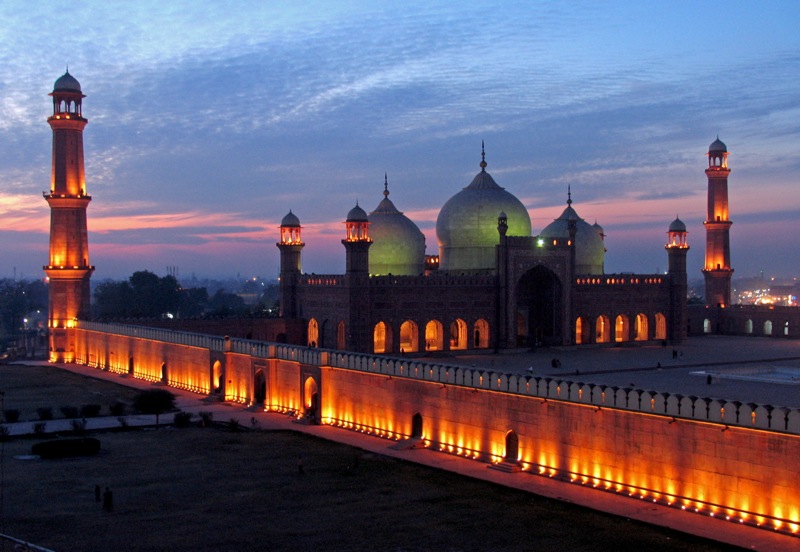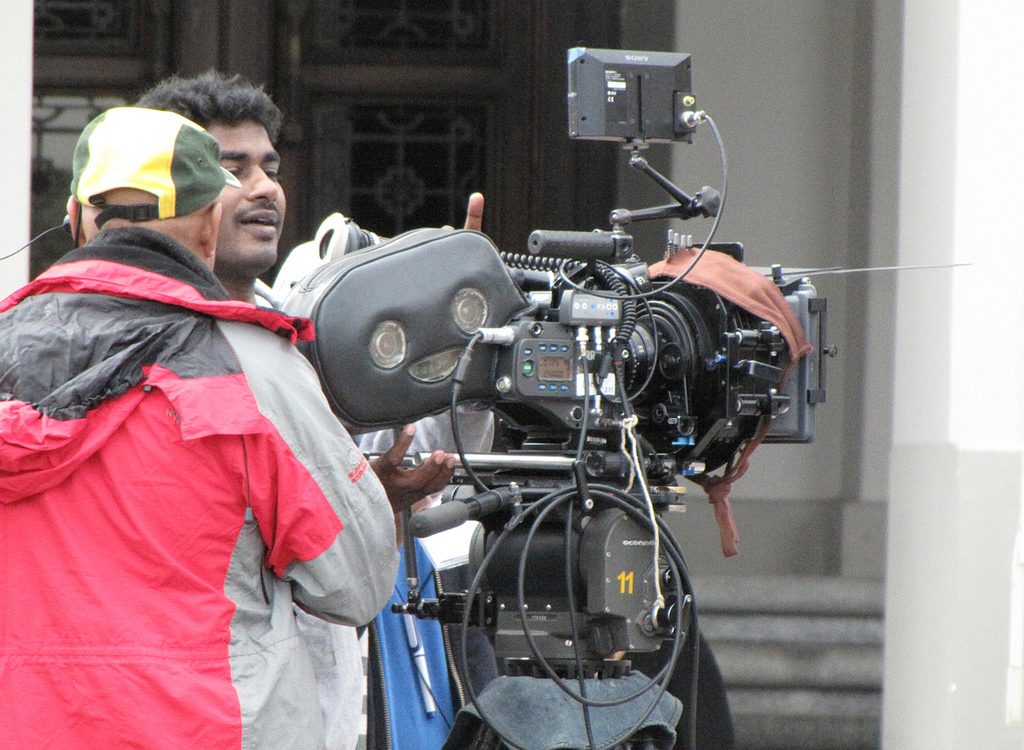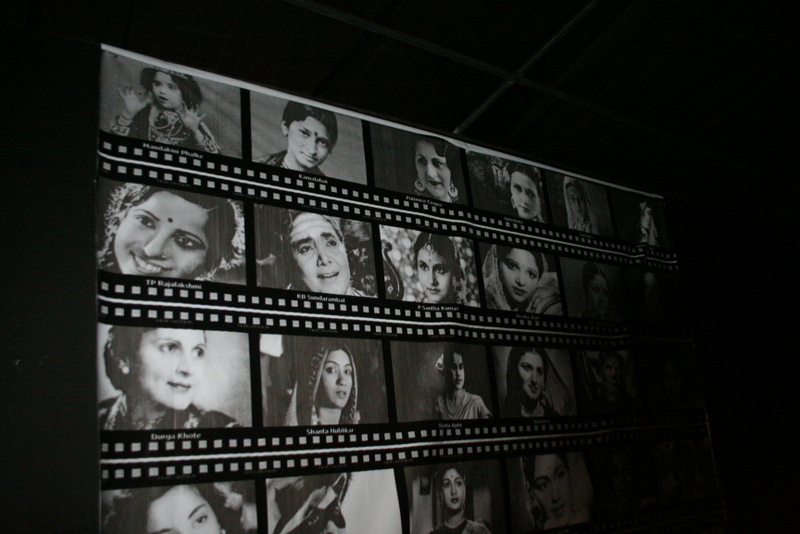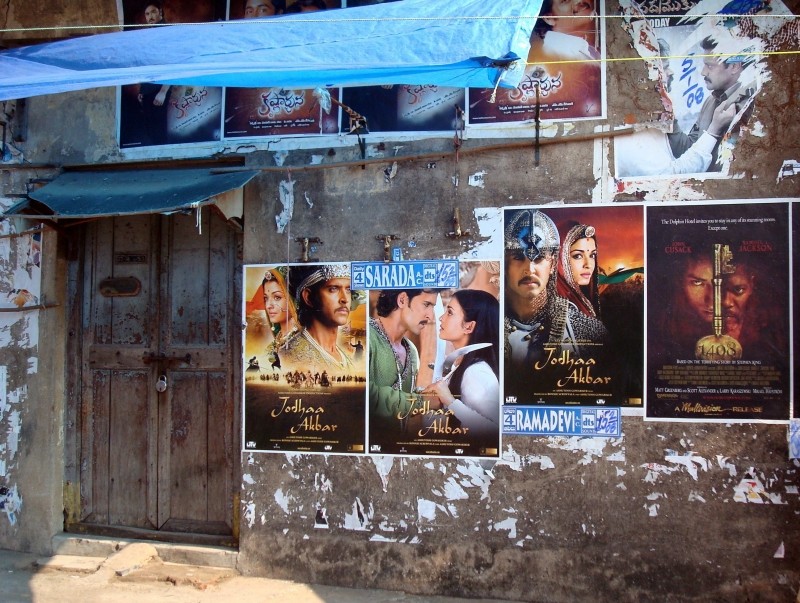Reported with the assistance of Mehwish Ghani and Muhammad Shahid, from the University of Peshawar.
We’ve all heard about the many majorly successful film industries around the world. Hollywood, the United Kingdom, Bollywood, China and even here in Australia some of the biggest films and stars have been made. But something that has slipped under the radar is Pakistani cinema.
It seems that Pakistan’s involvement with current conflict in the Middle East is the only thing that makes headlines.
It’s a country with beautiful landscapes, sport fanatics and a thriving arts and culture scene.
Cinema is only really starting to find its place.
Cultural identity in cinema can form a large part of what makes a nation’s ‘brand’ and often reflects the core values at the heart of that society and the issues they face.
Here we will look at the industry and give you a run-down on all the main stylistic and cultural points you need to know about the wonderful world of Pakistani cinema.
Religion

Photo from Visual Hunt via Michael Foley Photography
One of the most important parts of Pakistani culture is religion. Unlike Australia it plays an important role in film-making.
About 96% of Pakistanis are Muslim; this isn’t something that is taken lightly. So much so that some movies have been banned to show by the Information and Broadcasting ministry in Pakistan due to being offensive to Islam.
No Australian film has ever been banned for religious reasons, more commonly they’re ‘refused classification’ for presenting sexual violence.
Pashto movie director, Mr Ali Haider Shalmani said he’s avoided highlighting other religions as he doesn’t want to slander or insult them.
“Once, a producer of Pashto movies produced a movie, depicting Hinduism, but that movie flopped. People do not like other religions to be highlighted in our movies since most people here in out areas are Muslims.”
It’s a far cry from Australia’s cultural melting pot, Pakistani filmgoers prefer watching films about local culture.
Language
Pakistani films are mainly produced in their first language, Urdu. Other dialects include Pashto, Punjabi, Sindhi or Balochi. Films screened are made up of 50% Indian or Bollywood, 25% Pakistani and 25% English, which shows a large cross section of what’s been shown and made.
This selection of different movies can also assist in mastering other dialects.
“There are many people in our rural areas of Pashto speaking belt where people have little education and they even do not understand Urdu and other languages properly; that is why they watch our movies,” said Shalmani.
Films in Australia are predominantly made in English with the exception of the small amount of select indigenous films.
Technology

Photo from Visual hunt via Helmuts Rudzītis
High-definition, Wi-Fi and all things digital are just part of everyday life here in Australia, almost every cinema except for a few boutique art houses only use digital projection rather than film reels. In Pakistan, it was only 2007 that broadband was first introduced and still, only 2 out of the 33 major cinema complexes use digital projection instead of traditional film reels.
However, to reach a wider audience, distributors are now using the Internet.
Whilst sharing online may not be the best way to make big bucks, Mr Shalmani said that by using social media like YouTube and Facebook their work does reach more people.
Pop Culture
Pakistani films attract cult followings amongst the public and often portray a clash of old and new values and beliefs, often through the use of songs and narrative.
Australia has one of the highest rates of film and television piracy in the world due to the demand of US content. Pakistan piracy however is basically non-existent which is quite a marvelous feat. This can make it more efficient for directors to make a profit from their films and secure funding which in turn furthers their expansion of pop culture.
Classification
Both Pakistan and Australia have a strict process when deciding the classification for a film.
Principles such as: adults being able to read, see and hear what they want, minors being protected by material that could harm or disturb them, and community concerns are all considered by The Australian Classification Board.
The Central Board of Film Certification in Pakistan has several guidelines for certification including: avoiding scenes that are presented to encourage, justify or glamorise drinking or drug addition, degrading women, ensuring the security of the State is not jeopardized as well as not screening pointless scenes of violence.
Bollywood

Photo from Visual Hunt via ramesh_lalwani
Bollywood profits more per year than any other film industry so the influences of these movies have a large impact on Pakistani cinema.
Historically the two countries have a complicated relationship and the hostility and suspicion has even spilled into Pakistan’s film business.
Last year, Pakistan put a temporary ban on Bollywood films being shown in cinemas across the country. However this decision came after the Indian Motion Pictures Producers Association chose to ban Pakistani actors and technicians from working on Bollywood films.
Pakistan lifted the ban four months later partly because this affected the business financially; cinemas started to make losses.
Shalmani describes the popularity of Indian movies, highlighting the large amount of money spent in Bollywood, resulting in the latest infrastructure.
Budgets/Advertising

Photo from Visual Hunt via JudaM
Tight budgets are a continuous issue for Pakistani filmmakers, especially for promotion and advertising of a new movie.
“We begin advertising a movie almost one month ahead of releasing the film to the market,” said Shalmani.
“We use posters that are displayed in public places. One such place is Nishtar Abad Market in our city Peshawar because Nishtar Abad Market is home to music centres. We also use Facebook to advertise our movies.”
This is a contrast to Australian cinema, where the influence of advanced technology plays a major role in large-scale advertising, occurring months in advance.
Australia alone spent $13.5 billion on advertising last year, including radio, cinema and newspapers.







